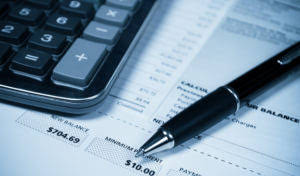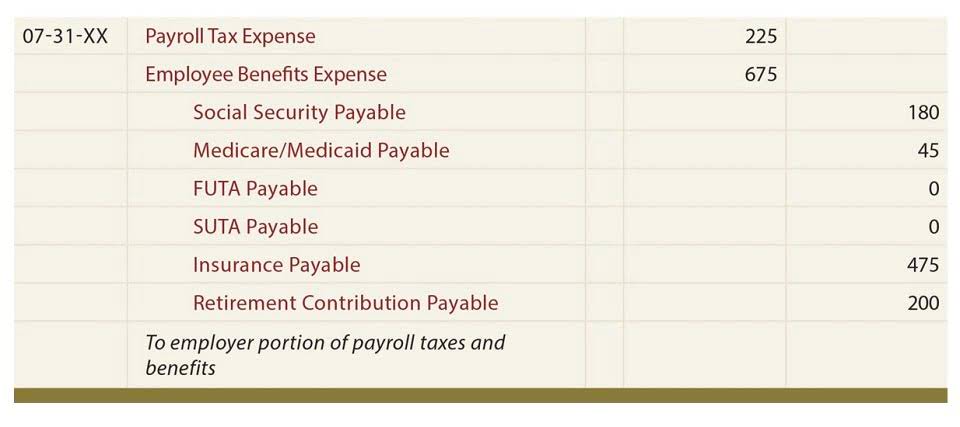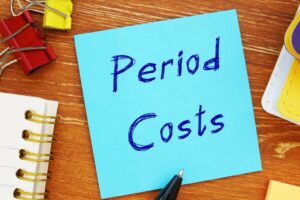Why You Should Balance Your Checking Account

Not balancing your checking account regularly can make it easy to forget all of the places your money is going. Reviewing your transactions helps to keep you aware of the things that are impacting your finances and to make changes as you see fit. If a transaction appears in your checking account alone, such as an ATM fee, an overdraft fee, or accumulated interest, make sure to add it to your check register — unless you believe it to be a mistake. We’ll address that issue in more detail in the “How To Balance Your Checkbook In The Electronic Banking Era” section. As an example, for a credit card, various purchases may be posted for amounts including $100, $50, and $25, and a returned item that costs $10.

To Ensure One Vote Per Person, Please Include the Following Info

It’s not difficult to manage when you keep up with the process regularly — and it can be made quicker and easier when you use a spreadsheet or a budgeting app. Online banking platforms make it easy to check your account balances in real time. When you check your bank account balance online, there may be two different numbers that you see; available balance and total balance. Regularly balancing your checking account is a cornerstone of sound money management.
- It serves as a check to ensure that for every transaction, a debit recorded in one ledger account has been matched with a credit in another.
- To “balance a checkbook” — in its literal and maybe old-fashioned sense — means going through your bank statement and checking each transaction against what you’ve recorded in your check register.
- It also assumed that your transactions consisted primarily of paper checks going into and out of your account.
- Maybe an ATM receipt went missing or bill payment was forgotten or recorded incorrectly.
- It’s essential to be consistent in tracking all financial activities, as even small transactions can add up and cause discrepancies.
- Back in the day, before there were things like online banking, most people had these things called checkbooks that contained pieces of paper called checks.
Part 2: Your Current Nest Egg
He has worked as an accountant and consultant for more than 25 years and has built financial models for all types of industries. He has been the CFO or controller of both small and medium sized companies and has run small businesses of his own. He has been a manager and an auditor with Deloitte, a big 4 accountancy firm, and holds a degree from Loughborough University. If the accounts receivable account used above is followed through to the next accounting period it would look as follows. Add a one sided entry to make the totals on both sides of the account equal To make the totals on both sides equal to 350, a one sided entry of 170 is made on the credit side of the account. Total both the debit and credit sides of the account In the T account above the debits total is 350 (200 + 150), and the credits total is 180.
- If you find that a check that is recorded in your register has not yet appeared on your account, it is likely an outstanding payment — i.e. a check that you already wrote but hasn’t been cashed yet.
- When you’re done reconciling your transactions, add up the cleared charges on your checkbook register or spending tracker.
- Your total account balance does not reflect any checks or other initiated balance transactions that have not been fully processed.
- We may earn a commission when you click on a link or make a purchase through the links on our site.
- You can withdraw and deposit funds from this account and write checks as well as gain interest.
- Calculate the balance In this example the debit exceed the credits by 170 (350 – 180), so the T account has a net debit balance of 170.
Regularly Reviewing and Adjusting Financial Goals

Whether you use paper or technology, you’ll need a record of your activity. This record is sometimes referred to as a register, and you’ll compare it against the bank’s records of your account activity. The “balancing” aspect is reconciling the two records and confirming your account balance.
The articles and research support materials available on this site are educational and are not intended to be investment or tax advice. All such information is provided solely for convenience purposes only and all users thereof should be guided accordingly. https://www.instagram.com/bookstime_inc Check out the Chase Auto Education Center to get car guidance from a trusted source. Now, you need to use your calculator to make sure all your money is accounted for. We use this information to make the website work as well as possible and improve our services.


Open a savings account or open a Certificate of Deposit (see interest rates) and start saving your money. It involves building a plan based on your spending habits and then tracking your spending to ensure you stay on course. There is no hard and balancing an account fast rule for when to use the different terminology. Carried down and brought down are often used when the brought down balance is directly below and on the same page as the carried down balance. On the other hand, carried forward and brought forward are often used when the brought forward balance is shown on a new page, such as when the accounts are balanced off at a year end. In contrast to the permanent account, the balance on a temporary account does not continue into the next accounting period.
- Most banks provide strong encryption and security measures to protect your data.
- Morgan Wealth Management Branch or check out our latest online investing offers, promotions, and coupons.
- The easiest way to show the process of balancing off accounts is by looking at an example.
- The offers that appear on this site are from companies that compensate us.
- In addition, it is harder to find banking errors if you do not keep your own records, since you will be working from the bank’s numbers at all times.
- To balance off the ledger account the four stage process described above can be used as follows.
Example of Balancing off Accounts
If they do not, you will need to check your calculations and go through each entry https://www.bookstime.com/ to identify any potential errors or discrepancies. This step helps you ensure the available balance matches your own records. Checkbooks are where we get the phrase “balancing a checkbook.” It’s also called reconciling an account.
- Balancing your checking account is an essential component of sound financial management.
- Bankrate.com is an independent, advertising-supported publisher and comparison service.
- This practice is essential for maintaining control over your finances and avoiding costly overdraft fees or financial missteps.
- Compare each item of activity in your checking account statement to your transaction register.
- Identifying such charges and canceling them gives you more money each month for necessary expenses or to build up an emergency fund.
What does it mean to balance a checkbook?
By knowing exactly how much money is in your account at all times, you can avoid spending more than what’s available. Some banks also offer overdraft protection services that link your checking account to a savings account or credit card to cover any overdrafts. With online and mobile banking apps, you may be able to get real-time access to your accounts and get notifications when your bank account is at risk. But even with access to digital tools, balancing your checkbook monthly will help you ensure that your spending records align with your bank’s. Regularly monitoring checking account balances is essential to avoid overdrafts and ensure sufficient funds for necessary transactions.






